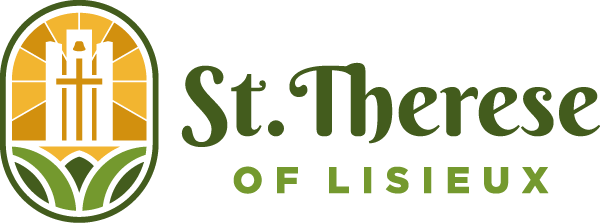Have you been participating in the “I Am Here Lent Challenge” from the Archdiocese of Detroit? If you have, you probably know that they have used a couple of words recently that don’t roll off the tongues of many Catholics: “anamnesis” and “epiclesis.” Each describes a moment or portion of the Eucharistic prayer that a priest says at every Mass. It might be better to describe them as the effects of the words said at Mass! Here, I’ll take a moment to explain what they mean, hopefully growing your appreciation for what happens during the celebration of the Eucharist.
To begin, “anamnesis” is the word used to describe the fact that, at Mass, we aren’t just remembering what happened at the Last Supper. In the liturgy, Christ’s sacrifice is presented to us in a way that goes above and beyond “remembering.” I have heard it said that his sacrifice is being re-presented. How that is written is important. It isn’t a typo. The dash in “re-presented” assures that we aren’t saying that it is, somehow, a representation of what happened at the Last Supper. Instead, Jesus’ sacrifice on the cross is offered upon the altar. Jesus, who offered himself up for our sins, is being made present to us. Body, blood, soul, and divinity, Jesus is present in the Eucharist. “The Church has always taught that Christ is not re-sacrificed at each Mass, but that we enter into that one moment in history when he was scourged for our offenses and wounded for our sin. Jesus’ death defeated evil’s strongest consequence, death. Since death is a reality that impacts all people of all times, his victorious suffering stands outside of time. Therefore, at Mass, the veil of time is torn open, and we kneel in the presence of that divine moment, which conquers what appears to be unconquerable” (Thomas Griffin, “Anamnesis and the Key to the Mass,” Ascension, 5-12-21).
The next word I mentioned is “epiclesis.” That is the calling down of the Holy Spirit upon the offerings of bread and wine. It is when the priest asks the Father to send the Holy Spirit to sanctify (i.e., make holy) these offerings so that they may become the Body and Blood of Jesus. The priest offers his sacrifice and ours—offering them up on our behalf. Yes, it is mostly the bread and wine offered, but what gifts do we bring? They are our prayers, sacrifices, acts of justice and kindness—our lives as believers, in short—that we offer to God on that altar of sacrifice. As a matter of fact, I know a Catholic church that has two murals in their entryway. Their theme is “Lord, we offer you our work and our play.” These murals remind Mass participants that their sacrifices can be, and are, made holy when offered up at Mass. As with all topics, so much more can be said.
It is always my pleasure to dive into topics so I can unpack them for myself and others. Anyone who has taken a class I facilitated knows about my love for theological rabbit holes! There are so many topics, so I’ll never run out of things to discover and share. Thank you for indulging me.
I mention this because I’ve been wondering if this space is better used to provide information about all of the offerings from the Discipleship Formation Department. Rather than hogging all of the space for discussion of topics that pertain to adult learners, I think it might better serve the needs of the parish to open up this space for other contributors. As we move forward, the Formation Office will collectively use this space to share information about the variety of formation programming for learners of all ages. Stay tuned.


